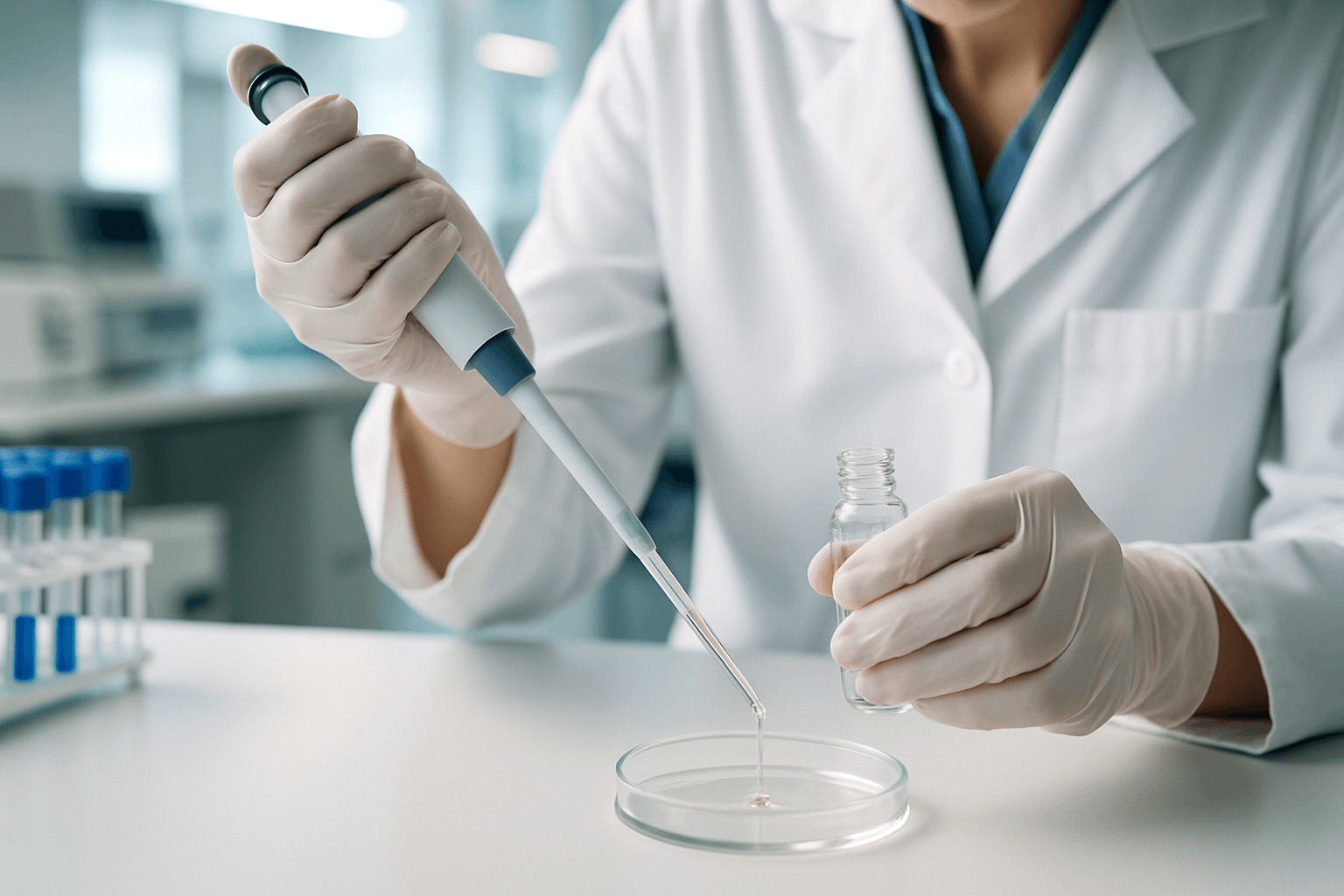The skincare landscape is constantly evolving, with new ingredients and treatments emerging that promise transformative results. Among the latest to capture attention is “salmon sperm skincare,” a trend initially popularized in K-beauty and now gaining traction globally. While the name might sound unusual, the science behind this ingredient, primarily its active component Polydeoxyribonucleotide (PDRN), offers a fascinating look into regenerative aesthetics. Before considering adding this to your routine, here are six essential things to understand.
1. It’s Polydeoxyribonucleotide (PDRN), Not Literal Salmon Sperm
Despite the sensational name, “salmon sperm skincare” does not involve applying raw fish sperm to the face. The active ingredient is Polydeoxyribonucleotide, or PDRN, which consists of highly purified, low-molecular-weight DNA fragments extracted from salmon gonads, including sperm cells. This extraction and purification process ensures that the final product is a refined ingredient, rather than a crude extract. PDRN has been utilized in medical treatments for decades, particularly in wound healing and tissue regeneration, long before its beauty industry debut.
2. The Science Behind PDRN: How It Works for Skin Rejuvenation
PDRN functions at a cellular level, stimulating the skin’s natural repair mechanisms due to its structural similarity to human DNA. Its primary mechanism involves activating specific adenosine A2A receptors, which are crucial for cellular metabolism and tissue regeneration.
Stimulating Collagen and Elastin Production
PDRN enhances fibroblast activity, these cells are responsible for producing collagen and elastin, vital proteins that maintain skin elasticity and firmness. By encouraging collagen synthesis, it can help reduce the appearance of fine lines and wrinkles.
Promoting Cell Regeneration and Wound Healing
PDRN promotes cell turnover and the growth of new, healthy skin cells, aiding in skin regeneration. It has shown promise in accelerating wound healing, reducing scarring, and improving overall skin texture by promoting tissue repair.
Anti-Inflammatory Effects
PDRN possesses anti-inflammatory properties, which can help calm irritated skin, reduce redness, and manage symptoms of certain dermatological conditions like acne, rosacea, or eczema.
3. Key Benefits Extend Beyond Anti-Aging
While often highlighted for its anti-aging properties, salmon sperm skincare offers a range of benefits for overall skin health:
- Improved Hydration and Skin Barrier: PDRN helps the skin retain moisture, enhancing the skin’s ability to maintain a healthy barrier, which is particularly beneficial for dry or dehydrated skin.
- Enhanced Skin Texture and Tone: Regular application can lead to smoother, more even-toned skin, and a reduction in the visibility of pores and imperfections.
- Reduced Hyperpigmentation: Some studies suggest a brightening effect and help in reducing hyperpigmentation.
- Suitability for Sensitive Skin: PDRN treatments are often considered suitable for sensitive or reactive skin types due to their healing and anti-inflammatory abilities.
4. Application Methods Vary: Topical vs. Injectable
Salmon sperm DNA (PDRN) can be delivered to the skin through various methods, with significant differences in their efficacy and availability:
Topical Applications
PDRN is increasingly found in topical skincare products such as serums, ampoules, creams, and sheet masks. While convenient for at-home use, the molecular size of PDRN may limit its ability to penetrate the skin effectively when applied topically on intact skin. To enhance absorption, topical PDRN products are often used in conjunction with in-office procedures like microneedling or fractional laser treatments, which create micro-channels in the skin, allowing deeper penetration.
Injectable Treatments
In countries like South Korea and parts of Europe, PDRN is widely used in injectable forms, often referred to as “skin boosters” or “Rejuran Healer.” These injections directly deliver PDRN into the dermis, where fibroblasts (collagen-producing cells) are located, potentially leading to more significant and long-lasting results. Injectable PDRN treatments may also be combined with other ingredients like hyaluronic acid or traditional fillers to enhance hydration and overall rejuvenation.
5. Safety, Side Effects, and Regulatory Status
While salmon DNA (PDRN) is generally considered safe and biocompatible with human tissue, there are important considerations regarding its use.
Potential Side Effects
Side effects are typically mild and temporary, especially with topical use. They may include slight redness, itchiness, swelling, or minor bruising at the treatment site, particularly with injectable forms or when combined with microneedling. These effects usually resolve within a few hours to a week. Individuals with known allergies to salmon are advised to avoid salmon sperm-derived products.
Limited Long-Term Data and FDA Approval
While PDRN has a history of use in medical applications, and brands like Rejuran have years of safety data in Korea, some experts in Western countries approach it with caution. In the United States, PDRN is currently approved by the FDA primarily for topical use. Its use as an injectable is not yet FDA-approved, meaning that clinics offering injections in the U.S. do so without this specific regulatory clearance. This lack of broad FDA approval for injectable forms can raise concerns about product quality, composition, and long-term safety across diverse populations. More comprehensive human research is needed to fully understand its long-term effects and efficacy, particularly in topical formulations.
6. Ethical Considerations and the Rise of Vegan Alternatives
The use of salmon-derived ingredients in skincare brings ethical and sustainability considerations to the forefront.
Animal-Derived Ingredient
As PDRN is extracted from salmon gonads, typically as a byproduct of the fishing industry, it is not a vegan ingredient. This raises concerns for individuals who prefer animal-free products or those concerned about animal welfare and the environmental impact of the fishing industry.
Emergence of Vegan PDRN
In response to these concerns and growing consumer demand for ethical and sustainable beauty, “vegan PDRN” alternatives are emerging. These alternatives are derived from non-animal sources such as rice, ginseng, or probiotics, aiming to offer similar regenerative benefits without the use of animal byproducts. This development provides an option for those seeking the benefits of PDRN while adhering to vegan or more ethically sourced principles.

